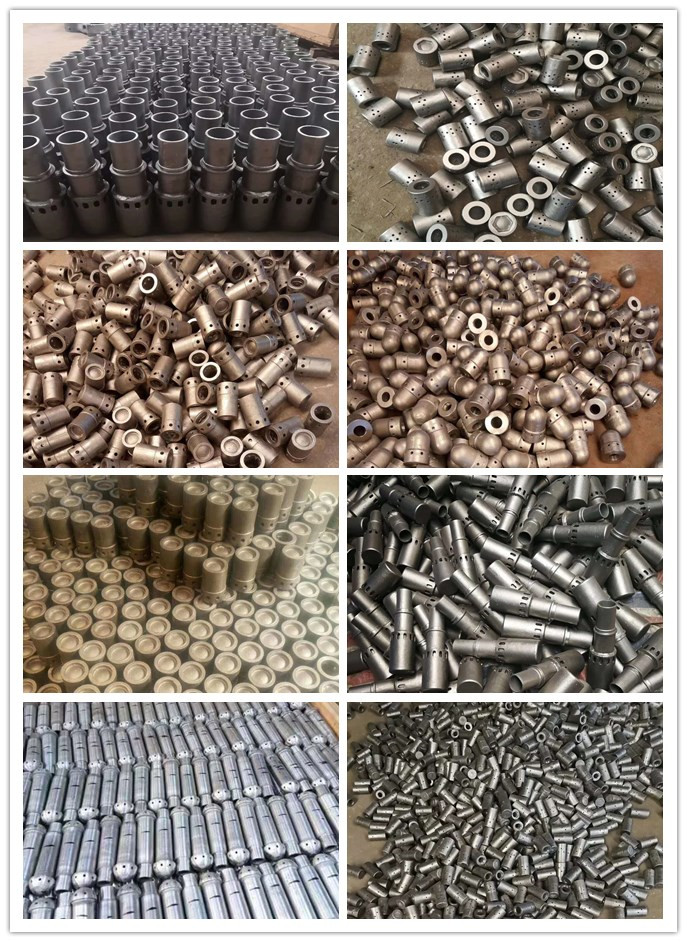Gigabit fiber optic transceiver (also known as photoelectric converter) is a fast Ethernet with a data transmission rate of 1Gbps, still using CSMA/CD access control mechanism and compatible with existing Ethernet, with the support of the wiring system It can make the original Fast Ethernet smooth upgrade and fully protect the user's original investment.
Cable selection for Gigabit network cabling system
The integrated wiring system consists of three wiring subsystems: the building group wiring subsystem, the building trunk wiring subsystem, and the horizontal wiring subsystem (including the work area cable). In addition to the characteristics of the general fast Ethernet integrated wiring system design, the Gigabit network integrated wiring system is more important to choose UTP, optical cable and connectors.
1, the choice of optical cable
The optical cable is mainly used for the wiring subsystem of the building group. When the anti-interference requirement is high or the distance of the trunk of the building exceeds 100m, the optical cable is also used as the trunk wiring subsystem of the building. The choice of fiber optic cable should be based on the actual distance combined with the 802.3z specification. Consider economic issues while meeting technical requirements.
2, the choice of twisted pair
Twisted pair is the largest proportion of the three integrated wiring subsystems. Its use largely determines the performance of the integrated wiring system and must be reasonably selected.
According to Shannon's theorem, the relationship between channel bandwidth and channel capacity is:
C=Wlog2(1+S/N) (bps) ..........................(1)
Where C is the channel capacity, W is the channel width, N is the noise power, S is the signal power, and S/N is the signal-to-noise ratio.
It can be seen from (1) that the channel capacity can be improved by increasing the channel bandwidth and the signal to noise ratio. The twisted pairs that can be used to support high-speed network applications are Category 5, Category 5, and Category 6. The maximum bandwidth is 100 MHz, 100 MHz, and 200 MHz. Since the Gigabit Ethernet twisted pair cabling standard 802.3ab is based on the use of 4 pairs of Category 5 UTP, the Category 5 UTP bandwidth is 1/100 MHz. Therefore, from the perspective of bandwidth, the selection of Category 5 twisted pair cable can meet the requirements of Gigabit network applications.
Then consider from the perspective of signal to noise ratio. Gigabit network needs to use UTP's four pairs of cables for high-speed parallel data transmission. The signal and noise are related to the following characteristic parameters of the cable. These parameters are:
Attenuation: Attenuation of the transmission of a signal along a link.
Return Loss (RL): Reflection of the transmitted signal power due to cable characteristic impedance and link connector impedance deviating from the standard value.
Near-end crosstalk loss (NEXT): Similar to noise, is an interference signal that is transmitted from an adjacent pair of lines. This crosstalk signal is due to the coupling of adjacent pairs in the UTP through capacitive or inductive coupling.
Power line: The sum of the crosstalk between the working signals of the other three pairs of lines and the line pair of the other pair of lines in the environment where the UTP four pairs of pairs are used to simultaneously transmit data. Let the transmission signal be T, and the above four characteristic parameters be represented by A, R, NE, and P, respectively:
Singal(f)=f1(T,A) .....................(2)
Noise(f)=f2(R, NE, P) ..................(3)
Equations (2) and (3) represent the received signal and noise, respectively, and the parameters A, R, NE, and P in both equations are functions of the frequency f. So the following two formulas for calculating the signal-to-noise ratio are obtained:
It is known from these two formulas that to improve the signal-to-noise ratio, it is necessary to select UTP with excellent parameters such as A, R, N, P, etc. to improve S and reduce N. The higher the UTP of the category, the more the above parameters are from the limit specified by the standard, and the better the performance. Since some parameters of Category 5 UTP are greatly affected by construction quality or environment, the requirements of wiring standards are often not met. Super Category 5 UTP improves the above defects of Category 5 UTP. Therefore, Super Category 5 and Category 6 UTP can meet the requirements of signal and noise. Since the performance of the six types of UTP is more than five categories, and the six types of UTP can meet the higher speed network applications in the future, in the current situation, there should be six types of UTP and its supporting connections and plug-ins.
 Comming used boiler casting parts in boiler including following types, boiler air nozzles, Boiler Grate, boiler door, cast iron tubes, boiler burners,etc.
Comming used boiler casting parts in boiler including following types, boiler air nozzles, Boiler Grate, boiler door, cast iron tubes, boiler burners,etc.
Stainless Steel Air Nozzle,Boiler Fittings Nozzle,Boiler Heat Shields,Boiler Tube Protection Shield
Jinan Yuanda Power Equipment Co.,Ltd. , https://www.ydpowerequipment.com